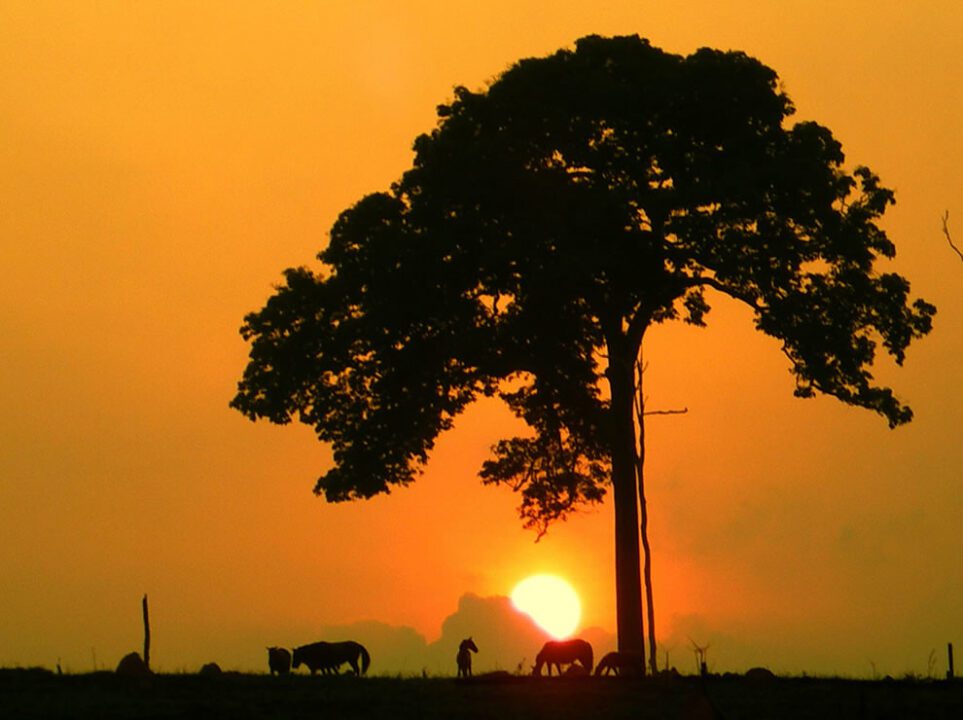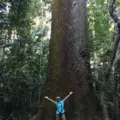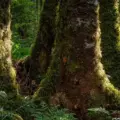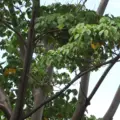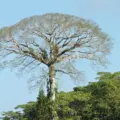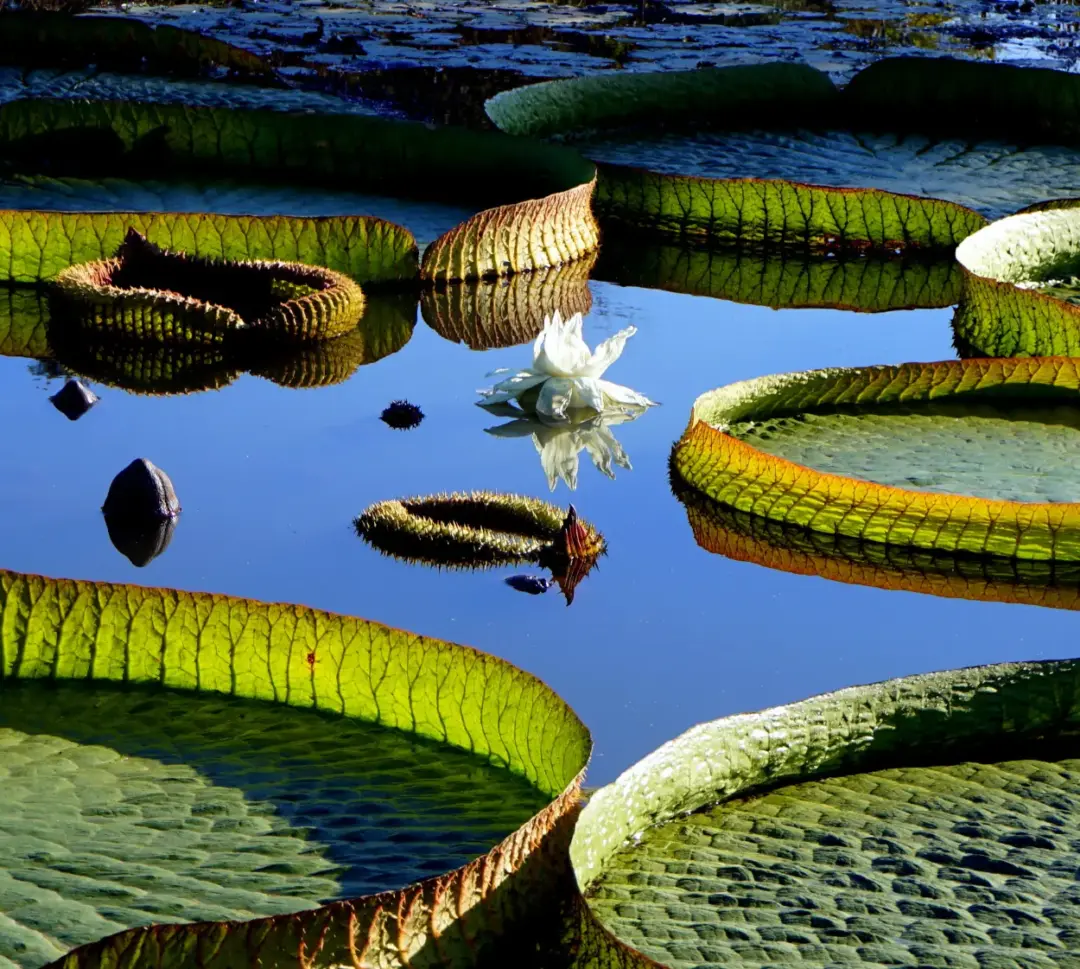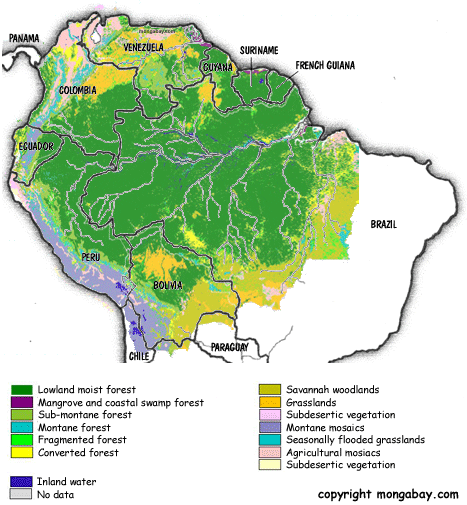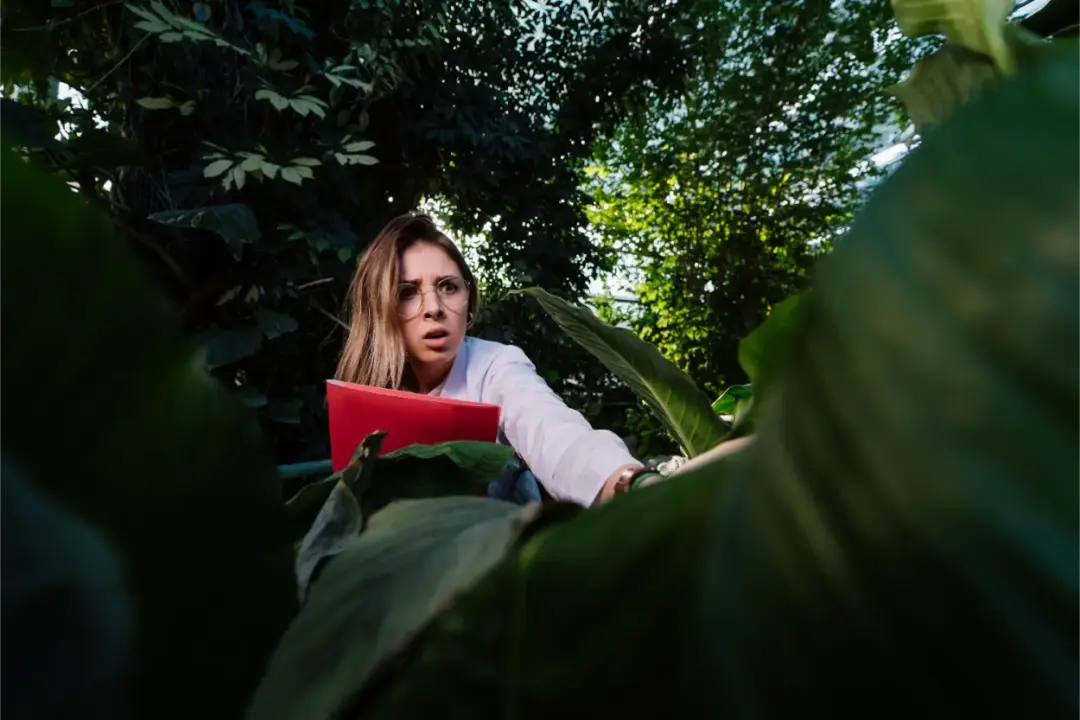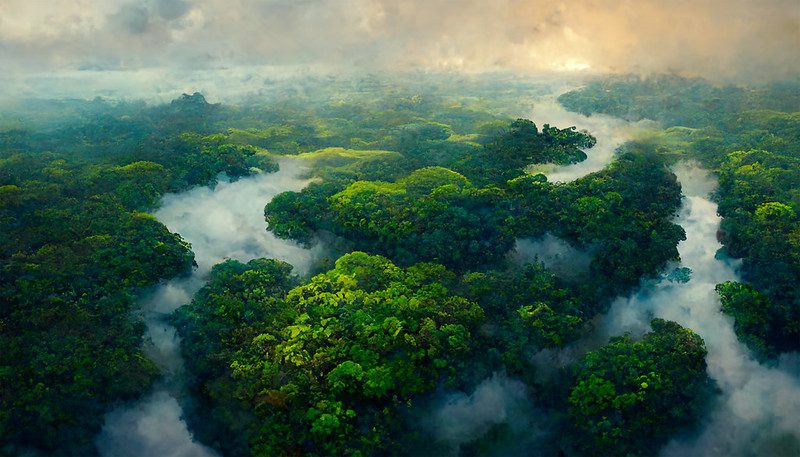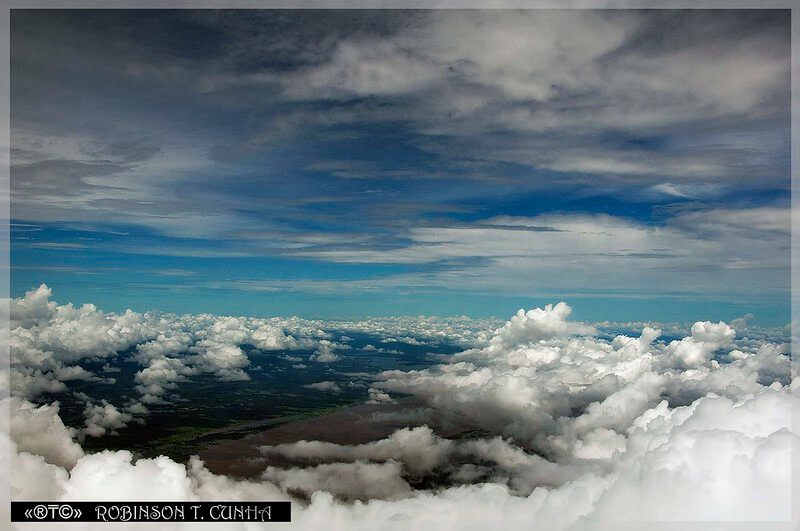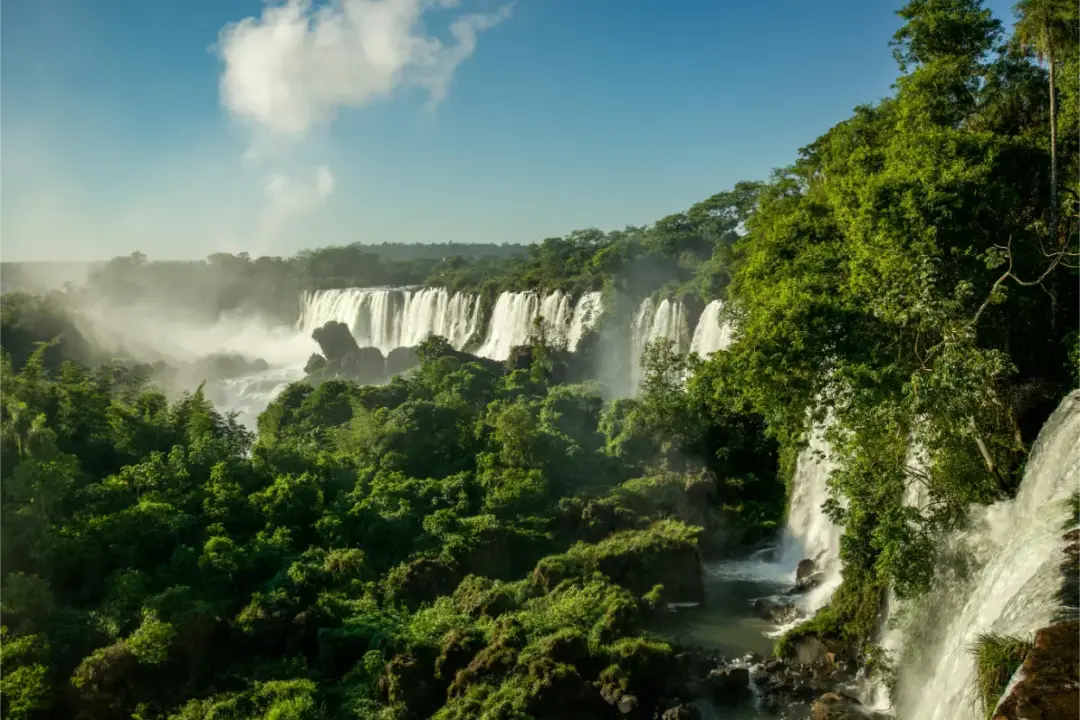Mahogany (Swietenia macrophylla), often referred to as “the king of tropical hardwoods,” is one of the most majestic and highly valued trees in the Amazon rainforest and other tropical regions. Known for its elegant reddish-brown timber, towering height, and ecological importance, this tree is not just a natural wonder — it’s a symbol of both wealth and conservation challenges.
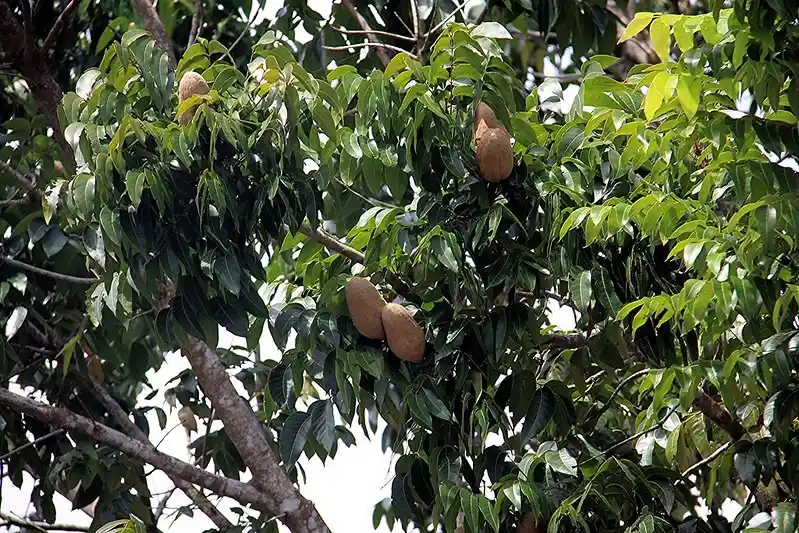
In this article, we explore the fascinating world of mahogany, from its natural habitat and timber qualities to its ecological role, cultural significance, and the modern debates surrounding its trade and protection. 🌿🌍
🌱 What is Mahogany? – Botanical Profile
Scientific Identity
Swietenia macrophylla is the scientific name of the bigleaf mahogany, one of the three true species of mahogany within the Meliaceae family. This species is native to Central and South America, particularly thriving in the Amazon Basin.
The term “mahogany” can be used generically in the timber trade, but only Swietenia species are considered “true mahoganies.” Bigleaf mahogany is the most commercially important of them all, prized for its workability and luxurious appearance.
Physical Characteristics
- 🌳 Can grow over 60 meters (200 feet) tall
- 🪵 Straight trunk with few lower branches
- 🍃 Large, compound leaves with a vibrant green color
- 🌸 Small, fragrant white flowers
- 🌰 Produces woody capsules filled with winged seeds
This majestic tree often towers above the canopy, providing vital shade and microhabitats for various Amazonian species.
—
🏡 Habitat and Distribution
Where Does Mahogany Grow?
Mahogany is primarily found in humid tropical forests ranging from southern Mexico to Bolivia and Brazil. It thrives in well-drained soils, particularly along riverbanks and upland areas. The Amazon rainforest is one of its most important native habitats.
In recent decades, it has also been introduced in plantations across Asia and Africa, though the environmental and ecological outcomes of these introductions vary.
Climate and Soil Preferences
Mahogany flourishes in warm, wet conditions with annual rainfall between 1,500 to 3,000 mm. It prefers deep, fertile, and well-drained soils rich in organic matter. However, it can tolerate a variety of tropical soil types, which contributes to its wide distribution.
Mahogany Wood – Beauty and Strength
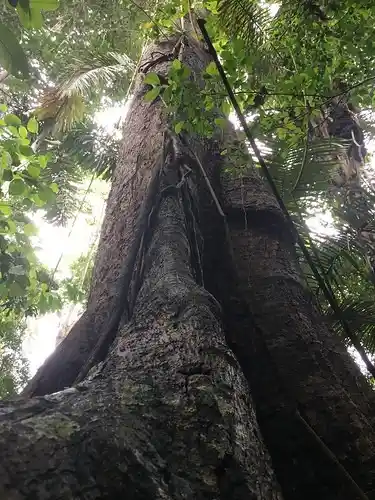
Timber Characteristics
Mahogany wood is world-renowned for its durability, beauty, and ease of work. It has a straight, fine, and even grain with a reddish-brown color that darkens over time to a rich, deep hue. The wood is moderately hard, resists warping, and holds polish exceptionally well.
This makes it a preferred choice for high-end furniture, cabinetry, musical instruments, and decorative paneling. The wood’s aromatic scent and smooth finish add to its luxurious appeal.
Uses of Mahogany
- 🪑 Fine furniture and antique reproductions
- 🎻 Musical instruments like guitars and pianos
- 🚪 Doors, moldings, and interior finishings
- ⛵ Luxury boat building
Due to its beauty and scarcity, mahogany products are considered a mark of prestige in many cultures.
—
🌿 Ecological Role in the Rainforest
Canopy Giant and Biodiversity Provider
Mahogany trees play a vital ecological role in the rainforest. As emergent canopy species, they create critical microhabitats for birds, insects, and mammals. Their leaves contribute to nutrient cycling, and their seeds feed forest fauna.
Their towering presence influences local humidity levels and protects understory species by moderating sunlight and wind flow.
Carbon Storage and Climate Regulation
Like other large tropical trees, mahogany is an important carbon sink. It stores substantial amounts of carbon in its biomass, contributing to climate change mitigation. Maintaining mahogany populations is crucial in the fight against global warming. 🌎
—
⚖️ Conservation and Sustainability Issues
Threats from Illegal Logging
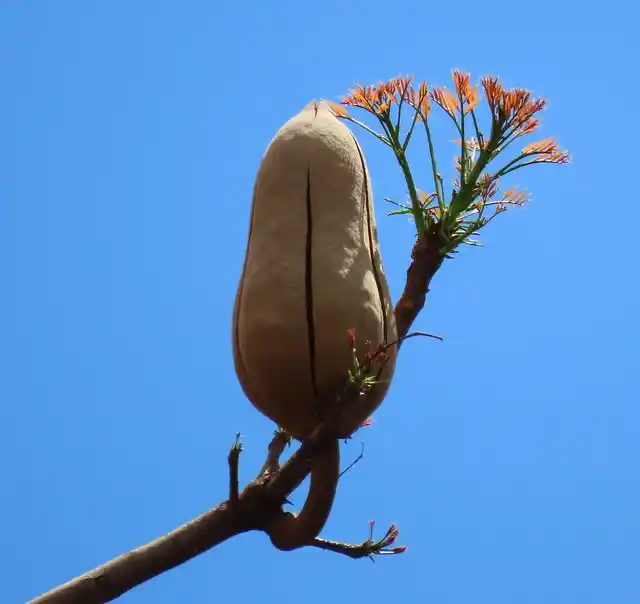
Mahogany is one of the most illegally logged hardwoods in the world due to its high commercial value. Unsustainable logging has led to the depletion of natural populations in many areas, especially in the Amazon Basin. Logging roads often open previously undisturbed areas to further deforestation and hunting.
Despite trade regulations and efforts at monitoring, enforcement remains difficult in remote rainforest areas, and corruption can undermine conservation initiatives.
Efforts Toward Sustainable Harvesting
Efforts are being made globally to manage mahogany more sustainably. Some key strategies include:
- 🌱 Promoting certified sustainable timber from managed forests
- 🌳 Establishing mahogany plantations outside sensitive rainforests
- 🛠️ Encouraging alternative woods or engineered products to reduce pressure
- 🦉 Supporting community forestry and indigenous land rights
Balancing economic benefits with ecological responsibility remains one of the key modern challenges associated with this iconic tree.
—
🌍 Mahogany and Indigenous Communities
Traditional Uses and Cultural Value
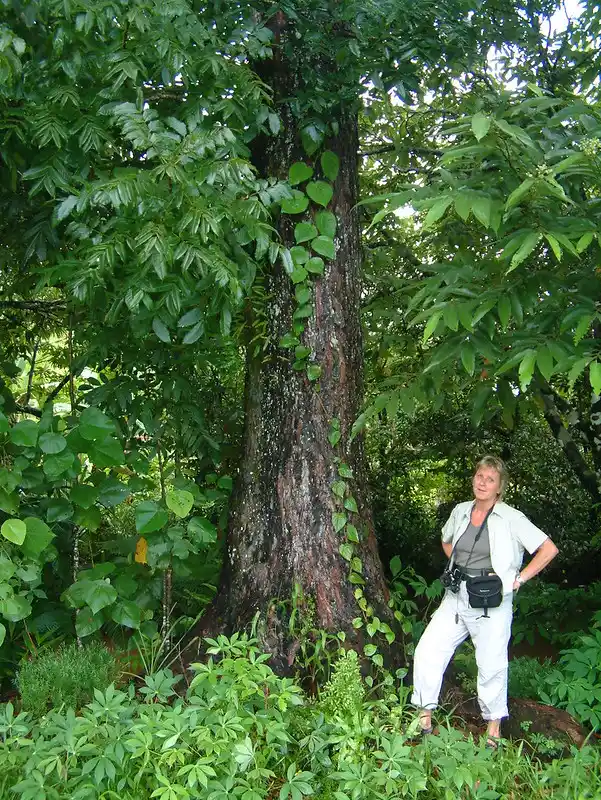
For many Indigenous groups across the Amazon, mahogany is more than just a source of timber. It’s part of their cultural landscape. Communities have used mahogany bark and leaves for traditional medicine, treating ailments such as fevers and infections.
The wood is also used to build canoes, houses, and ceremonial objects. Stories and folklore surrounding the tree often emphasize its strength and sacredness.
Community-Led Conservation
Today, indigenous communities are increasingly involved in the conservation and sustainable management of mahogany forests. By asserting land rights and implementing forest stewardship practices, they are becoming powerful allies in the protection of this endangered resource. 🤝
🌟 Mahogany in Modern Design and Luxury Markets
A Symbol of Prestige
Mahogany furniture and instruments have long been associated with elegance and luxury. Antique and modern designers alike use mahogany for its timeless appearance and superior working qualities. From classic colonial styles to sleek modern designs, mahogany continues to grace elite homes and concert halls.
Responsible Consumerism
In today’s conscious consumer world, buyers are increasingly looking for ethically sourced wood products. Certification schemes and traceable supply chains are influencing how consumers choose mahogany products, reflecting a shift toward values-driven purchasing.
🔬 Genetic Diversity and Tree Resilience
Natural Regeneration Challenges
Unlike many fast-growing tropical species, mahogany grows relatively slowly and requires specific conditions for natural regeneration. In logged areas, the absence of mature trees and seed dispersers often hampers regeneration.
Researchers and conservationists are exploring how to improve forest recovery through enrichment planting and assisted natural regeneration techniques.
Genetic Research and Tree Breeding
To combat illegal logging and support conservation, scientists are using genetic fingerprinting to trace the origin of mahogany timber. There is also growing interest in selective breeding to improve disease resistance and growth rates in plantation settings.
🚨 Mahogany and Global Trade Regulation
International Trade Controls
Mahogany is listed under CITES Appendix II, which regulates international trade to prevent exploitation. Exporters must provide permits showing the wood was harvested sustainably and legally.
Despite these protections, illegal trade persists, prompting calls for stronger enforcement and tighter regulations across supply chains.
Ethical Woodworking and Global Standards
Many woodworkers and designers are now part of the ethical woodworking movement, ensuring that every piece of mahogany they use meets legal and sustainable criteria. Institutions worldwide are educating the public on the importance of choosing verified wood products.
🌱 Planting the Future – Mahogany Reforestation
Reforestation Projects and Agroforestry
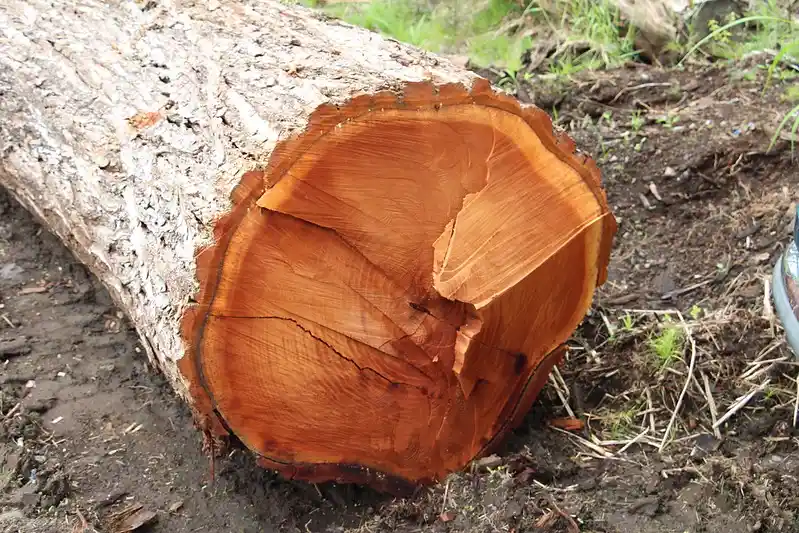
Across Latin America, reforestation programs are integrating mahogany into mixed-use systems alongside crops and other trees. These agroforestry systems allow farmers to earn income while restoring biodiversity and soil health.
Reintroducing mahogany into degraded areas not only helps restore forest cover but also contributes to rural development and carbon sequestration goals.
Growing Mahogany Trees
Mahogany trees can be propagated from seeds, which are dispersed by wind. In nurseries, seeds are germinated and young seedlings planted during the rainy season. With care and protection from pests, mahogany plantations can yield valuable wood in 25–35 years — a long but worthwhile investment.
🧠 Interesting and Unusual Facts About Mahogany
- 🌬️ Mahogany seeds have wing-like structures, allowing them to spin and glide far from the parent tree.
- 🎸 Many world-class acoustic guitars feature mahogany backs and necks for their warm sound quality.
- 👣 Ancient tribes believed the spirit of mahogany trees could guide hunters and protect their homes.
- 📜 In colonial times, mahogany was so valuable it was referred to as “green gold.”
As the climate crisis intensifies, the role of large trees like mahogany in protecting biodiversity and storing carbon is becoming more central in global discussions — and perhaps that’s where its truest value lies today. 🌍💚
—
📝 Final Thoughts: A Tree Worth Protecting
Mahogany (Swietenia macrophylla) is more than just an elegant timber tree — it’s a pillar of tropical ecology, a cultural treasure, and a symbol of the complex relationship between people and forests. Its future depends on our collective efforts to manage natural resources wisely, respect Indigenous knowledge, and support sustainable practices from root to canopy.
Whether admired in a rainforest, a reforestation project, or as a fine piece of craftsmanship, mahogany reminds us that true luxury lies in preserving the beauty of the natural world for generations to come. 🌿✨
